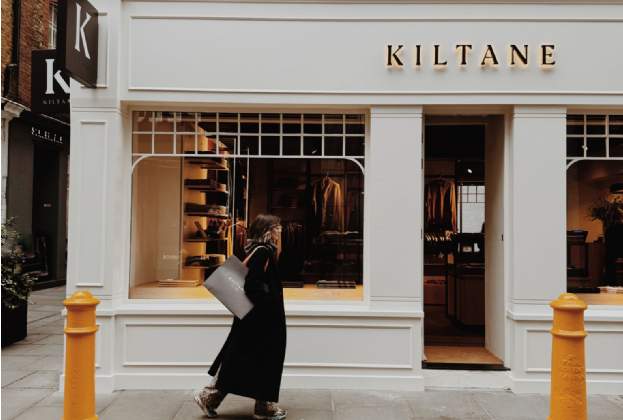Fifty years ago, Oxford Street was dominated by smaller stores, with a predominantly domestic retailer mix. This remained the case until the 1990s, when an influx of international retailers from the US and Europe, such as Gap and Zara, made their UK debuts. International brands wanted big, flagship stores, and landlords responded by combining smaller units. Since 1993, these amalgamations have led to a net loss of 50 stores on the street, 29 of which were east of Oxford Circus. With several other units affected by Crossrail, Oxford Street’s total store count now stands at 228 compared to 285 in the early 1990s.
However, growth in online shopping, higher rents and rising business rates are driving changes in retailer requirements. As well as some store consolidation on Oxford Street, there is a wide spectrum of potential tenants seeking smaller units of less than 15,000 sq ft. Currently, this demand outstrips supply as smaller stores have become a relative rarity in the wake of the drive to create flagships. Going forward, we could see smaller stores make a reappearance. While large flagships will always play an important role on Oxford Street, the key is to provide a mix of formats across the entire street. This may be more management intensive for landlords, but is also positive in terms of income security, shopper attraction and facilitating a greater variety of brands on the street.
Oxford Street’s retail line-up has undergone other significant changes over the last 25 years, not least the increasingly international presence mentioned earlier. International non-domestic brands now account for 32.7 per cent of stores, up from 6.7 per cent in 1993, with European retailers being the key drivers of this increased internationalisation, having increased their store presence from 4.9 per cent to 21.1 per cent in that time.
That said, other aspects of Oxford Street have remained constant for as long as 50 years. Fashion retailers dominated in 1968, occupying 32 per cent of stores and this remains the case, with the proportion only slightly lower at 29.4 per cent today. The most notable change among fashion occupiers has been the rise in those selling both menswear and womenswear, which now stands at 19.3 per cent of stores compared to 2.2 per cent in 1968.
Changing retailer requirements in any location will inevitably lead to some churn and, for Oxford Street, this churn is in fact another constant in its history. Just 6.5 per cent of the fascias from 1968 and 19.2 of the fascias from 1993 are present on the street today. Apart from department stores, only Boots (385/389 Oxford Street) and H Samuel (250 Oxford Street) have remained in situ for the last 50 years. Evolving in tandem with modern retailers has always been one of Oxford Street’s key strengths, and in 2017 this could well mean creating a new generation of smaller format stores.
Further information
Contact Savills Retail Services
.jpg)
.jpg)







.jpg)
